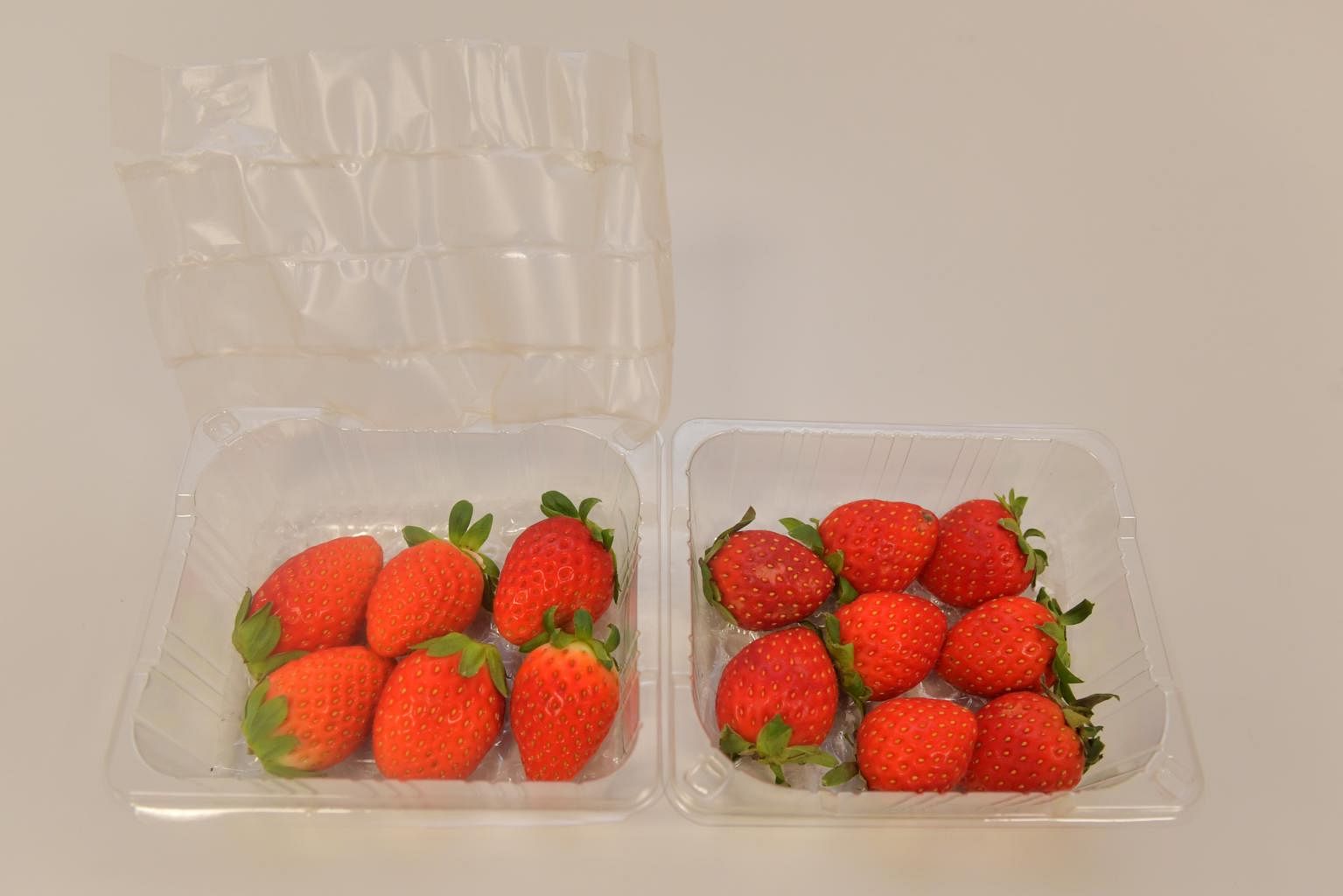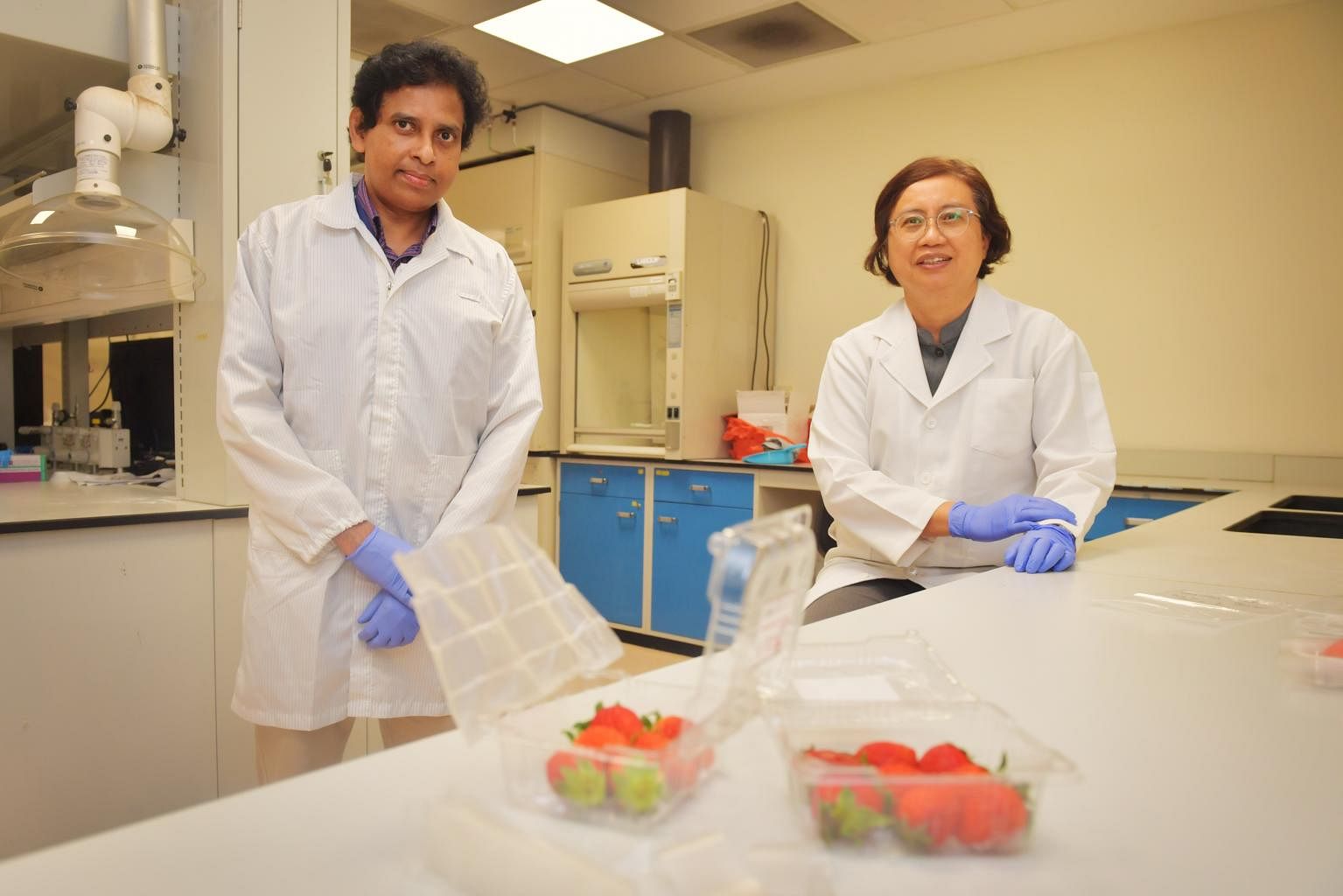
Businesses are increasingly being held accountable for their environmental and social impact. And Siegwerk, a global provider of inks and coatings for packaging, has taken a leading role in driving sustainability within the sector. The company is committed to producing packaging solutions to drive a circular economy for the industry, and supporting sustainable transitions along its supply chain.
Like many companies, Siegwerk has taken an incremental approach to expanding its sustainability strategy. “We started our sustainability journey by looking at how our products could better enable a circular economy,” says Alina Marm, Global Head of Sustainability and Circular Economy at Siegwerk. “That laid the groundwork for us to launch an entire new strategy on sustainability with a broad scope, covering carbon neutrality targets and diversity as a quantifiable target, but also looking at the conditions in our supply chain and creating transparency around these conditions in order to continuously improve.”
For Marm, the three primary aspects that define sustainable packaging are true circularity, carbon neutrality and fairness in the supply chain: “Carbon neutrality meaning zero emissions, and fairness in the supply chain meaning that there’s nobody who suffers as a result of your business practices.”
There is an increased need for transparency around companies’ sustainability data. Consumers are more educated about greenwashing and will no longer just take companies at their word when it comes to sustainability claims. Special interest groups such as NGOs are also publicly highlighting discrepancies between company commitments and performance.
“There is a huge regulatory push to bring sustainability reporting on par with financial reporting. And this is a game-changer. It’s going to make it much easier for consumers to look up data and make decisions about which products to buy and which companies to support,” Marm says.
But this is one area that is severely lagging. A survey conducted by Deloitte in April 2022 revealed that only 3 per cent of consumer companies say they produce sustainability data that is as accurate and verifiable as their financial data. Siegwerk is one of the first companies in its sector to commit to reporting on the carbon footprint of its products. “There is no option but to embrace sustainability holistically,” says Marm. “It’s not just about doing the right thing, it’s also about remaining competitive and future-proofing your business.”
Source Independent








